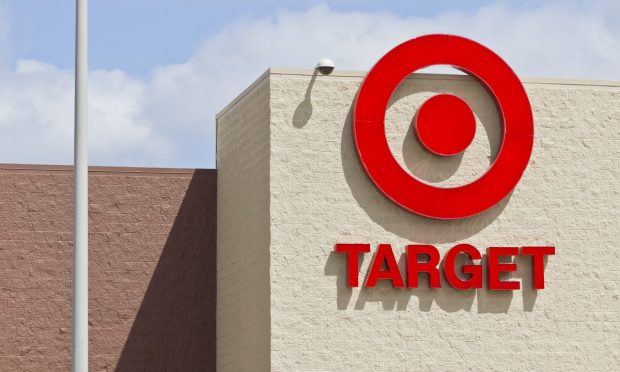Target Pivots to ‘Aggressive Cost Control’ Mode, Spooks Retail Industry Rivals

Just three weeks after announcing an unexpected 40% drop in first quarter profits, Target unveiled an aggressive cost control plan Tuesday (June 7) to address what it calls a “rapidly changing environment” for consumers.
In releasing the update, the Minnesota-based operator of 2,000 retail locations, an eCommerce site and delivery service Shipt said its multi-pronged “inventory optimization strategy” was necessary to counter a mix of problems including current industry performance, a challenging operating environment and worsening consumer trends.
As a result, Target said it would be implementing additional merchandise markdowns to remove excess inventory, while outright canceling some other orders.
“Since we reported our first quarter results, we have continued to monitor external conditions and have determined the necessary actions to remain nimble in the current environment,” Target Chairman and CEO Brian Cornell said in the company’s press statement, which also warned that Q2 profit margins would shrink to 2% as a result of the projected increase in costs and price reductions.
While the plan will involve near-term expenses for the retailer, Cornell said he expected to see improved profitability and a return to normalized seasonal metrics in the second half of the year.
Retail Reversal
The cautious comments did not sit well with investors and triggered a double-digit pre-market sell-off in shares of Target, extending a near-term slump that has seen its stock fall 40% from a recent high of $250 on April 20.
The cautious outlook and aggressive markdown plan also triggered a broader, albeit more muted sell-off among many of the sector’s largest players, including Walmart and Amazon, which had been enjoying some recent momentum amid a growing chorus of optimism and reports of consumer resilience from numerous retail industry CEO and CFOs.
In addition to running more sales and order cancellations, Target said it was also adding additional capacity near U.S. ports “to add flexibility and speed” to its most impacted bottleneck in the global supply chain crisis.
At the same time, Target highlighted the effect that “unusually high transportation and fuel costs” were having on its business, as well as the household budgets of its customers, as reason for the aggressive pricing action. The retailer also said it would be working with suppliers to find ways to improve efficiency and shorten the distance goods need to be shipped as well as the ballooning lead time needed to ensure orders have time to be fulfilled and delivered.
Fuel Price Problem
To be sure, Target is not operating in an economic vacuum and its latest response comes on the very same day as the AAA reported yet another record high in the average price per gallon of both gasoline and diesel fuel to $4.92 and $5.68 respectively — a level that marks a 40% and 75% increase over the past 12 months.
While Target’s leadership team had promised last month that action was coming to reverse the surprise earnings decline, the company’s Q1 conference call was also peppered with pockets of optimism, such as demand for food and other consumer staples categories.
“We’re still seeing healthy overall spending by our guests,” Cornell told analysts while acknowledging evolving habits and “meaningful spending surges” around holidays, including Easter in April and Mother’s Day.
“The encouraging longer-term growth trends demonstrate the continued resilience of the American consumer,” Cornell said in Mid-May, noting that even as customers face multiple challenges they remained focused on returning to their pre-pandemic habits and behaviors. “Even as the mix of what they’re buying continues to evolve, their spending capacity continues to benefit from elevated saving rates, high employment and healthy wage growth,” he added.
How long that consumer spending capacity can persist in the face of rising fuel prices and tightening household budgets remains to be seen. However, given Target’s latest action to right-size its inventory, as well as similar inventory steps being taken by other retailers, some relief could be coming in the form of discounts and clearance sales.
